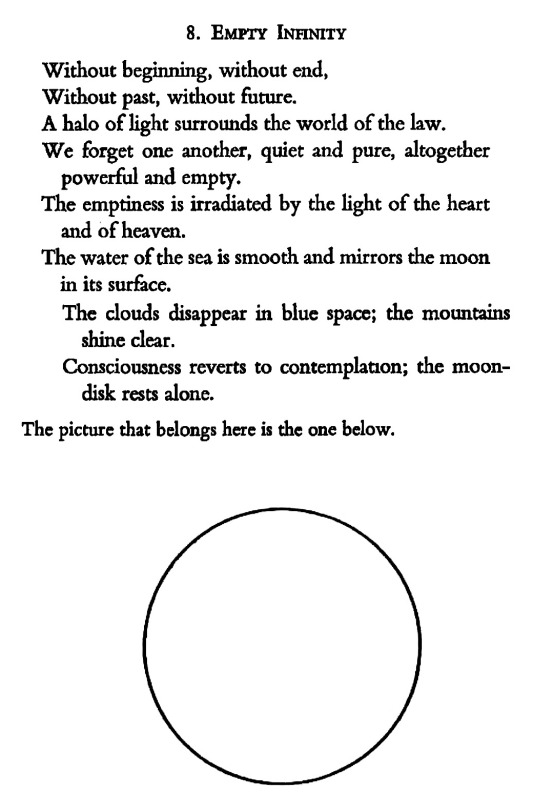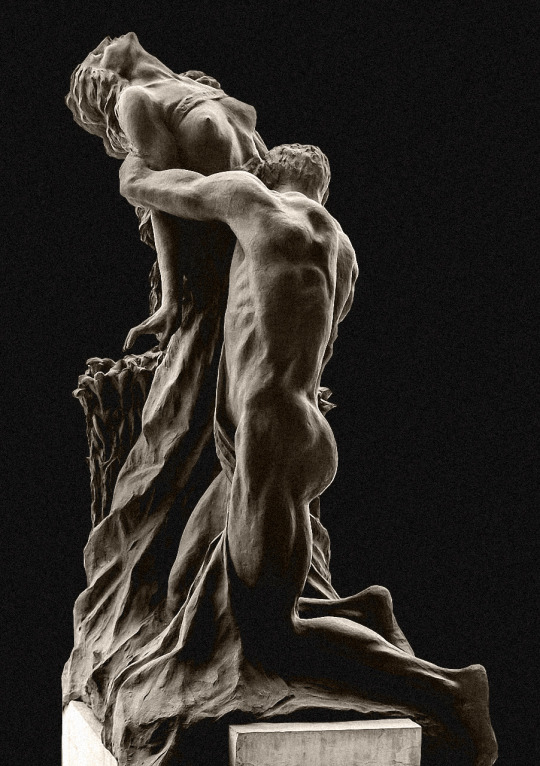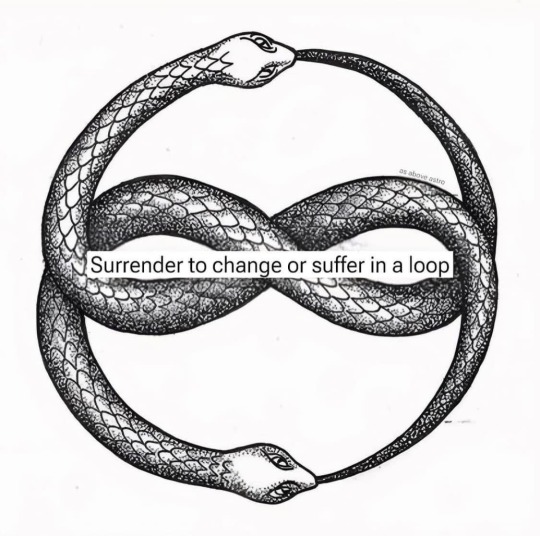Text
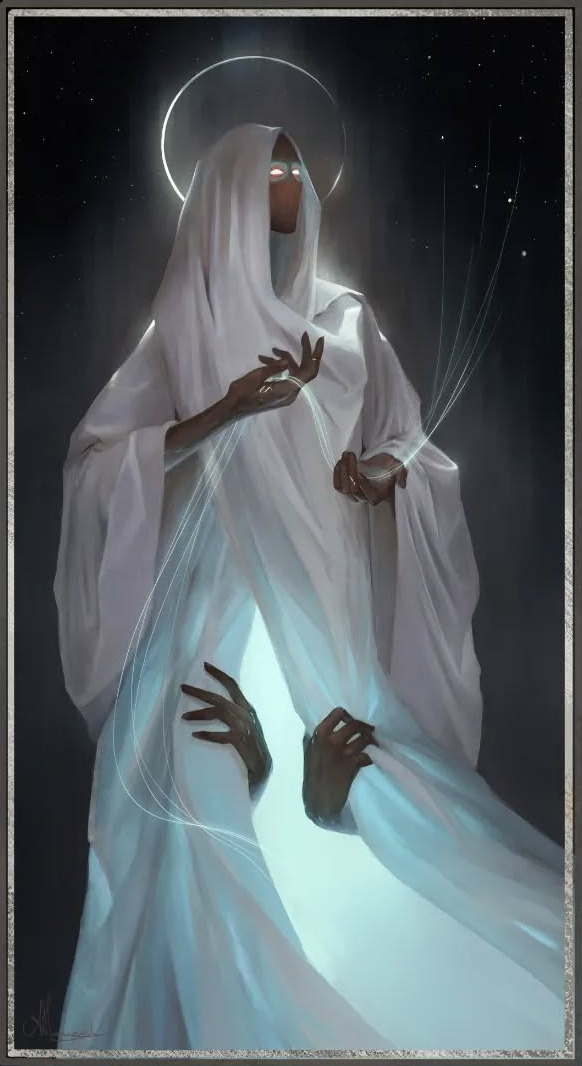
The Hierophant. Art by Mélissa Houpert, from the Mirror Arcana.
101 notes
·
View notes
Text

“World is a multi-dimensional reality. At lower level it is full with unconsciousness and competitiveness. At higher level it is full with beauty, bliss and divinity. Focus on higher dimensions.” — Amit Ray
Dimensional Ascension Image artist: mendezmendez
43 notes
·
View notes
Text

Brihaspati Talon Abraxas
Brihaspati Beej mantra
Jupiter or Brihaspati is the ‘spati’ of the ‘briha’ or the ‘spirit of the ‘vast’, and the name is true to his personality as he has an ever-expansive nature. Considered to be the guru of all the lords, he is responsible for all the laws, be it man-made laws or God-made laws, and all the judicial situations are brought to him when there is ever any misjudgment and dispute among the gods. Rishi Brihaspati is also known as a family person and is known to bestow very good fortune on his devotees who are seeking family happiness. One looking for blessings for the prosperity of their family can look up to guru Brihaspati, as being the most benevolent planet, he will surely bring all the happiness to the devotees and their families.
The Brihaspati Beej mantra is:
ॐ ग्रां ग्रीं ग्रौं सः गुरवे: नमः || ॐ ब्रं बृहस्पति नमः ||
Om Gram Grim Grom Sah Gurve Namah Om Bram Brihaspataye Namha
Meaning- Jupiter beej mantra is made of seed sounds that represent the powers of Jupiter planet. Regular chanting of these beeja sounds in the prescribed way can give all the benefits of pleasing the planet Jupiter.
Benefits of Brihaspati Beej mantra
By chanting the Beej Mantra of the planet Jupiter (Guru), one attains spiritual knowledge and the person makes a different identity in the world.
If the planet Jupiter is lying in one’s horoscope, it is believed that all of his problems are going to end very soon without causing many problems.
By chanting the mantra of Jupiter, there is happiness and peace in the house, reduction of obstacles in marriage, and success in the work field.
25 notes
·
View notes
Text

"And don’t look for me in a human shape. I am inside your looking. No room for form with love this strong." ~Rumi
Sirian Talon Abraxas
48 notes
·
View notes
Text


Yab-Yum
Wisdom and compassion can become one.
What is Yab-Yum?
Yab-yum is a symbolic representation of the union between a male deity (yab) and a female deity (yum). The term itself originates from Tibet, where the word "yab" represents the masculine aspect, often referred to as the Father associated with wisdom and compassion, and "yum" represents the divine feminine, embodying the role of the Mother often associated with bliss and emptiness.
In artistic depictions, yab-yum is represented by a male deity in a seated position, often portrayed as a peaceful and enlightened Buddha or a deity like Vajrasattva, and a female deity sitting or standing in the lap of the male deity, embracing him. The female deity is often portrayed as a compassionate figure, such as the goddess Tara or the consort of the male deity.
The Spiritual Symbolism of Yab-Yum
An iconic image associated with tantra, the yab-yum position holds significant prominence within both Hindu and Buddhist tantric art. The posture transcends the boundaries of conventional human sexuality and delves into a realm of divine and cosmic union. At its core, the image embodies the concept of duality, therefore represented through the masculine and feminine union but gives direction towards a state of non-duality, or Advaita, where the illusion of separation dissolves, and a profound unity is experienced. It represents the profound understanding that existence arises from the interplay of opposites and that the ultimate reality encompasses both the manifest and the formless.
The yab-yum position signifies the merging and harmonizing of opposing forces. It represents the balance and integration of polarities within oneself and the universe. The masculine and feminine energies are seen as complementary aspects that together form a complete whole. In essence, the yab-yum symbolizes the union of wisdom and compassion, form and formlessness, masculine and feminine, and represents the inherent unity and interconnectedness of all things in the tantric worldview.
The fundamental concept of 'Advaita,' or non-duality within Yab-Yum
In Sanskrit, the term, advaita means non-duality. It is also a concept commonly associated with Advaita Vedanta but equally relevant in the profound teachings of tantra. To understand the concept of Advaita, one must carefully deconstruct the linguistic implication of the term Advaita or its English translation 'not-two-ness.' Here the words do not suggest becoming one or infusion; it does not imply a merging into homogeneity. Instead, it represents a state where separation, division, and the illusion of individual identity cease to exist while the diverse elements retain their inherent nature. It is a state of neither loss nor acquisition.
This understanding eludes the grasp of the rational mind, which can only comprehend the world in terms of singularity or plurality. Therefore, the yab-yum depiction of the union of a male and female deity highlights the fundamental principle that the apparent duality between self and other, subject and object, is illusory. It alludes to the understanding that the true nature of reality transcends dualistic distinctions signifying the inseparability and interdependence of the masculine and feminine energies, symbolizing the dissolution of all dualities but not infusing into a singularity.
Vajrasattva and his consort in Yab-Yum
Vajrasattva is the embodiment of purity and compassion and, in his solitary form, is a familiar subject in Buddhist art. However, although less frequently, Vajrasattva is depicted with his consort in the yab-yum posture, alluding to a profound father-mother aspect of Vajrasattva. In the Yab-Yum depiction, he is joined by his consort, Vajratopa or Vajragarvi. The consort is often depicted holding a Kartika in her right hand and a kapala in her left, symbolizing the transformative and nurturing aspects of the feminine principle. Mahayana Pilgrim
24 notes
·
View notes
Text


"Cycles come, and cycles go; it's time to watch this wheel unfold. I cleanse myself from top to toe; I cleanse myself so I can grow"
Blood Moon Eclipse & IX The Hermitess Photo art by Nona Limmen
39 notes
·
View notes
Text

Aron Wiesenfeld (@aronwiesenfeld):
“Lonely Kingdom” oil on canvas, 2024
366 notes
·
View notes
Text
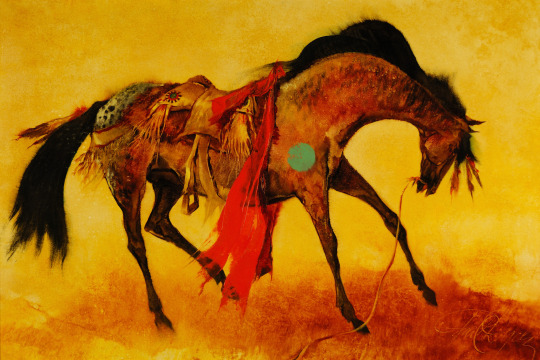
Paul Dyck (1917 – 2006). Warrior's Horse (1973). Oil on board.
Coeur d’Alene Art Auction
528 notes
·
View notes
Text
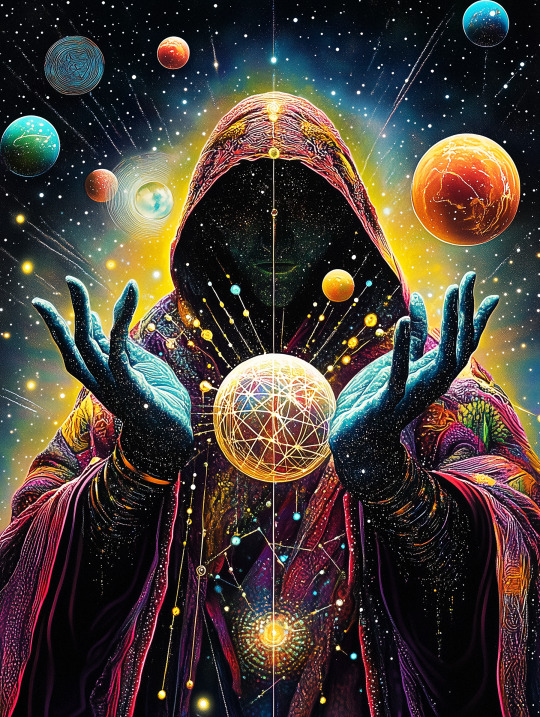
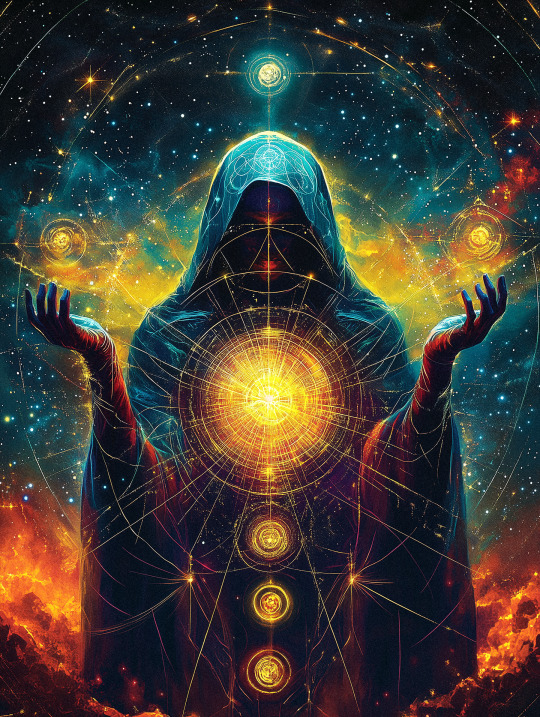
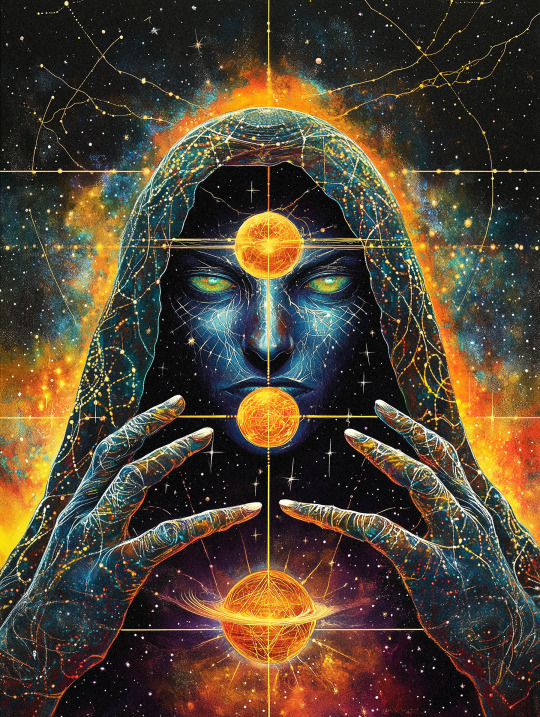
“Magic and magician must between them balance. Magic itself is chaos. The magician must be calm. A fractured self is a poor vessel for power, spilling power without focus or measure from every crack.” — V.E. Schwab
The Magician knows the meaning of the magickal phrase: “As above, so below.” This means that mind and matter are reflections of each other-- what happens on earth happens in the heavens, what happens in the mind, happens in the outer world. Micro reflects macro and vice versa. Art imitates life just as much as life imitates art.
And The Magician can navigate freely and expertly between these realms. Everything is in place and balance. If it is out of balance, The Magician acts to restore it.
In your own life, The Magician’s message is that you have all of the tools and knowledge to act, create, and destroy. You also have the willpower. So DO IT. Where The Fool was the leap of faith, The Magician is the informed action taken to deliberately bring about change. Harness the mix of opportunity, skills, and drive that you have within-- the goal you’ve got in mind will materialize and become reality.
Image: The Cosmic Juggler Mahaboka
44 notes
·
View notes
Text
107 notes
·
View notes
Text
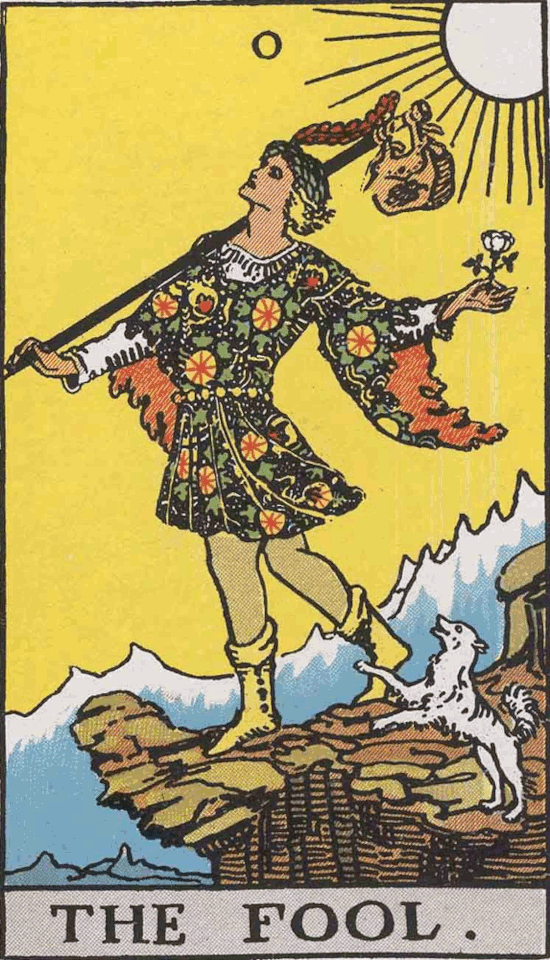
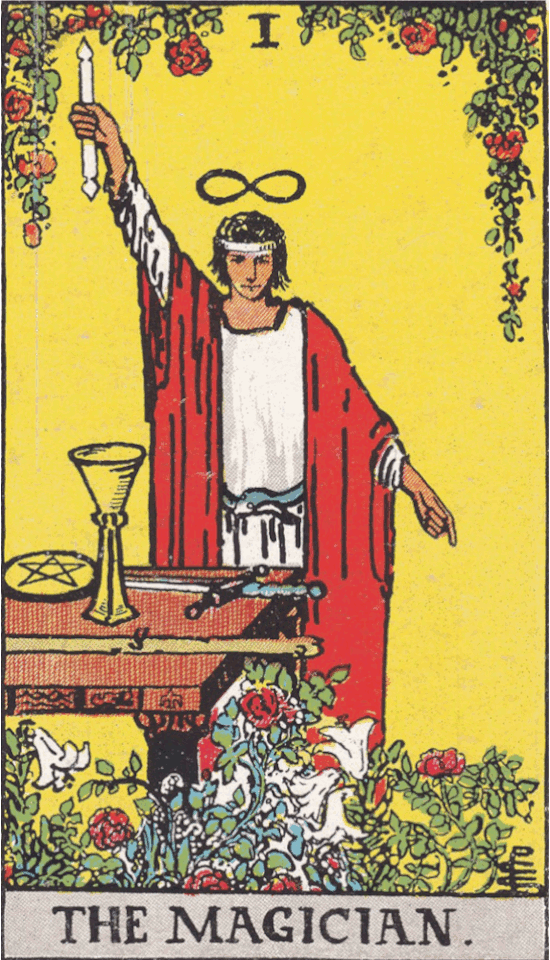
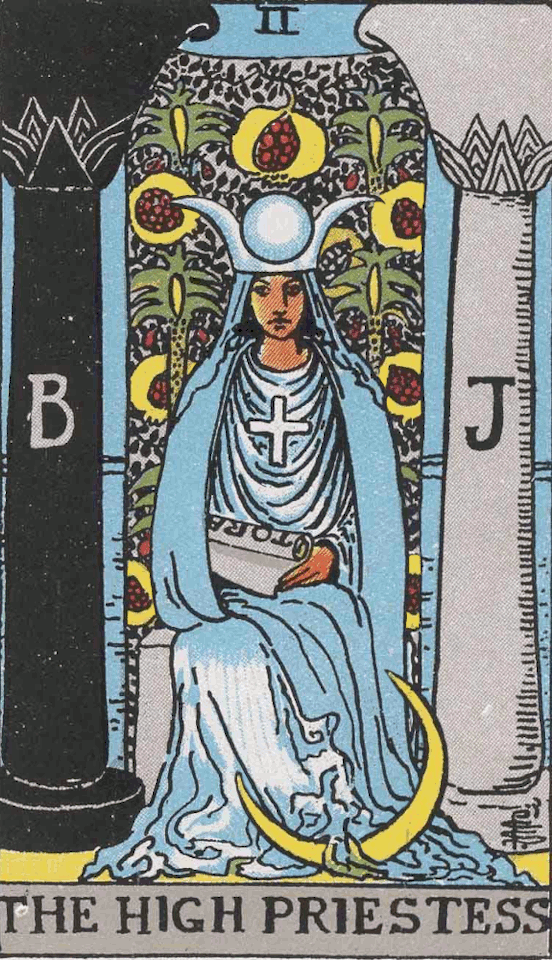
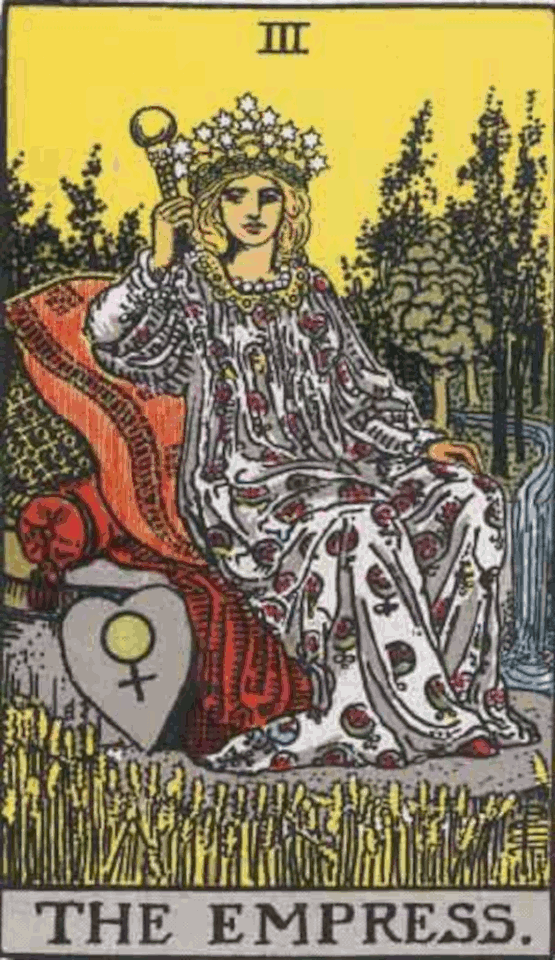
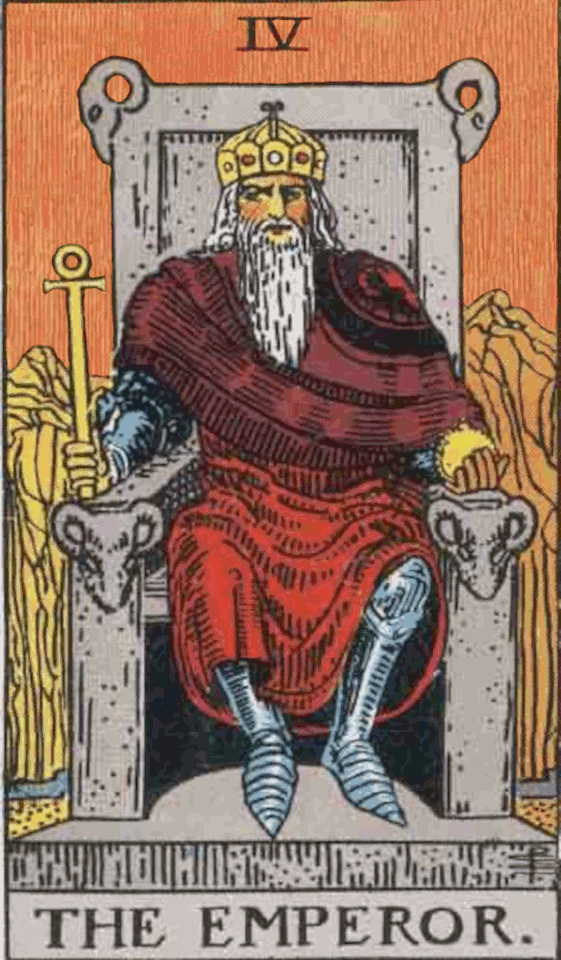

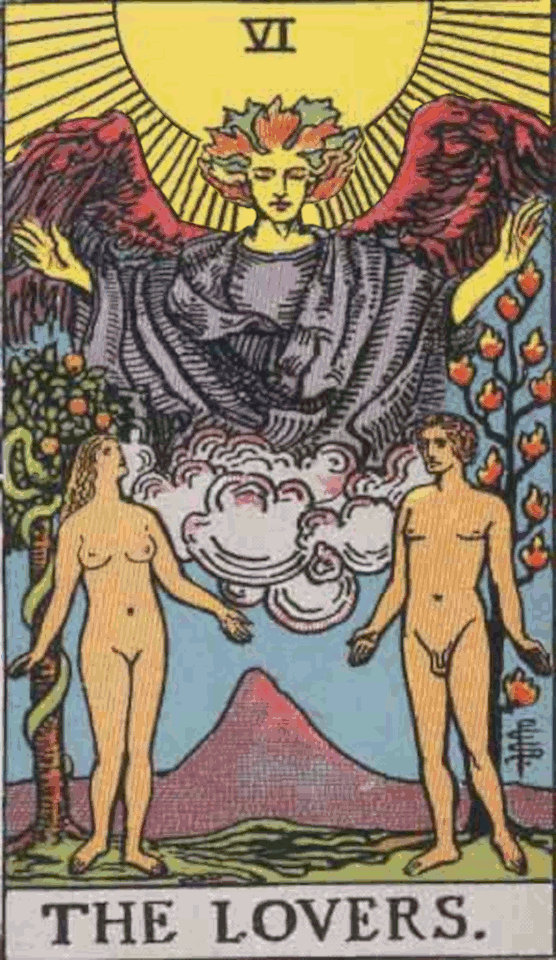
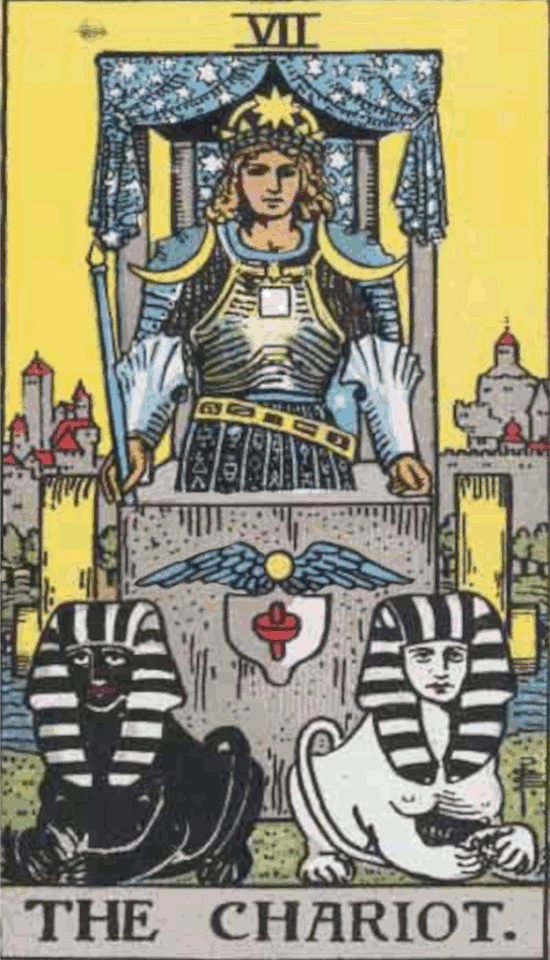
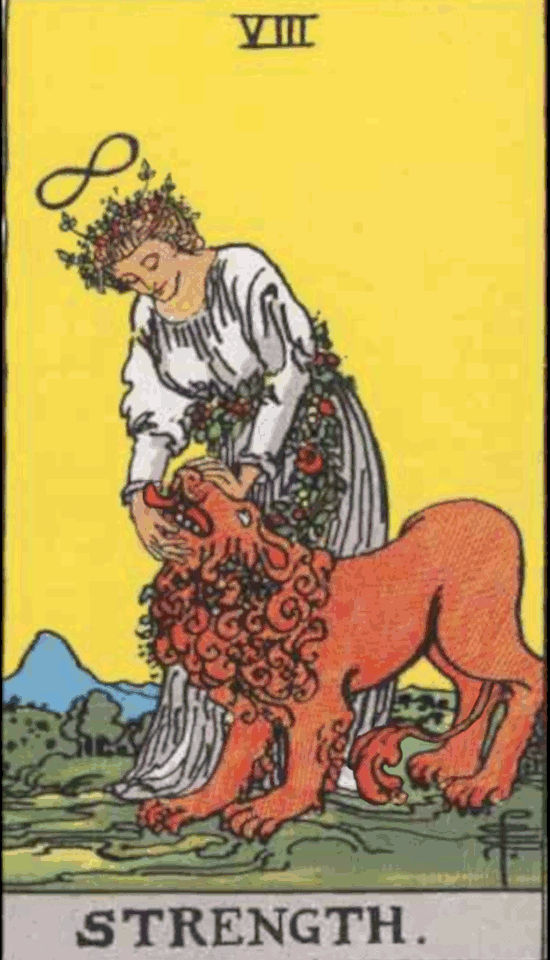
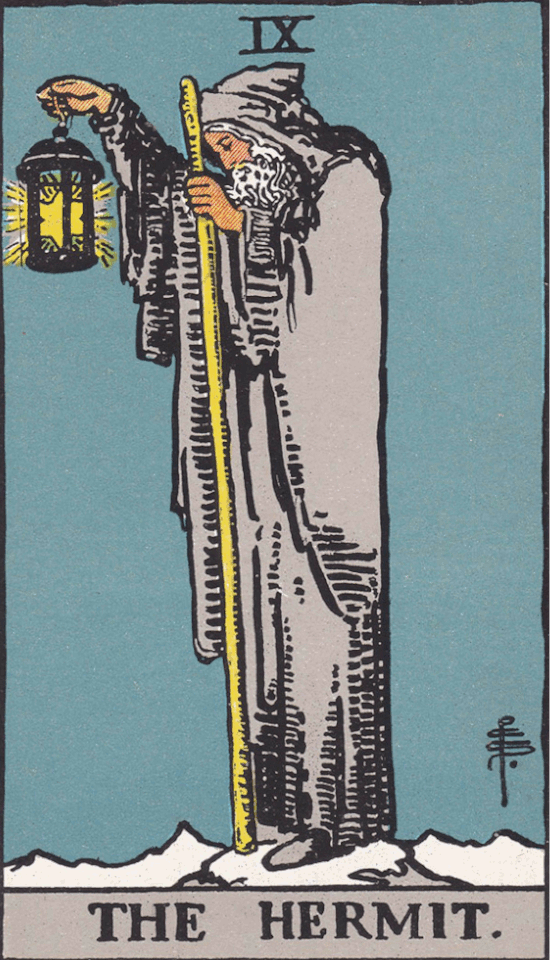
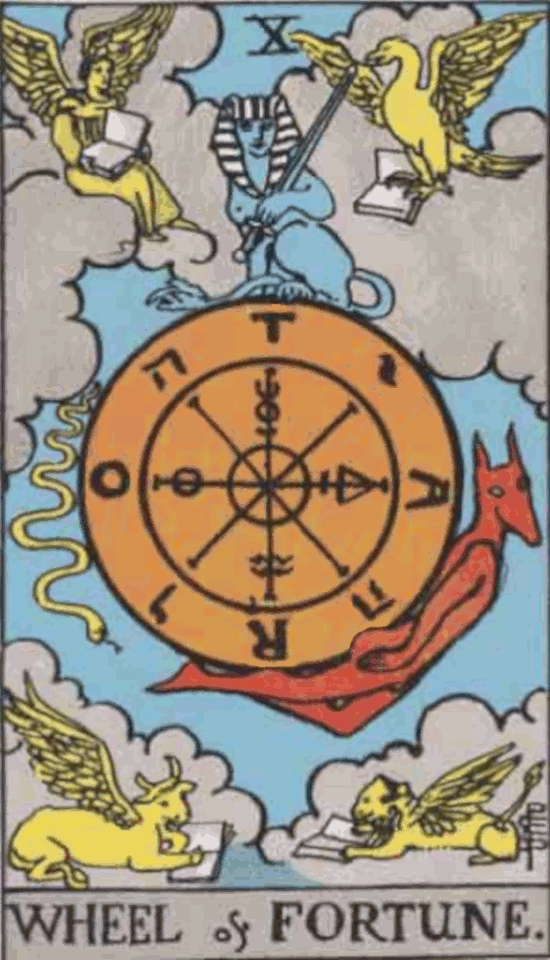
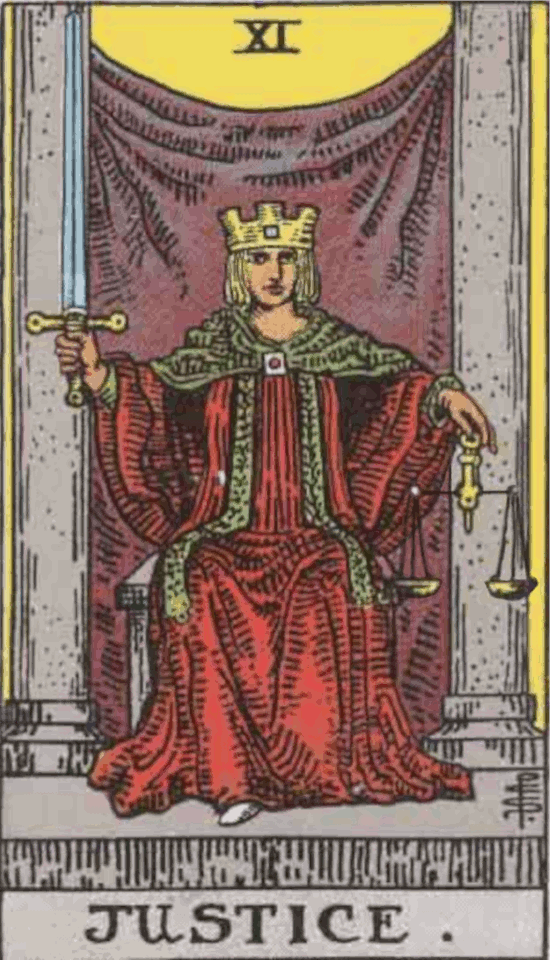
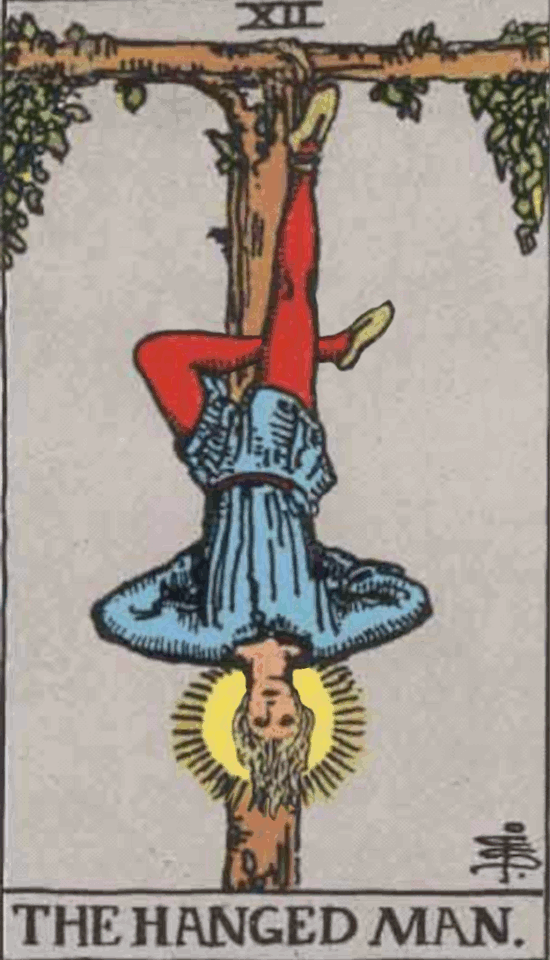
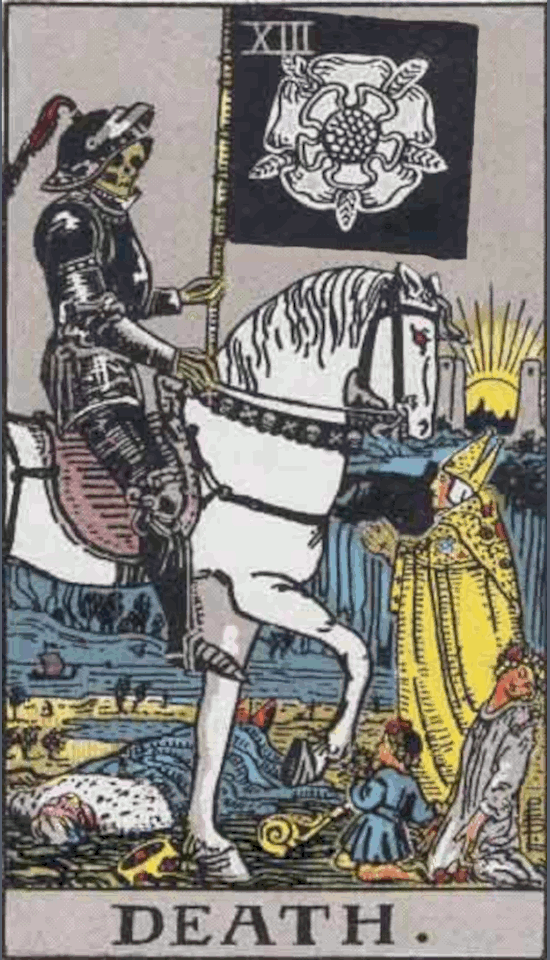

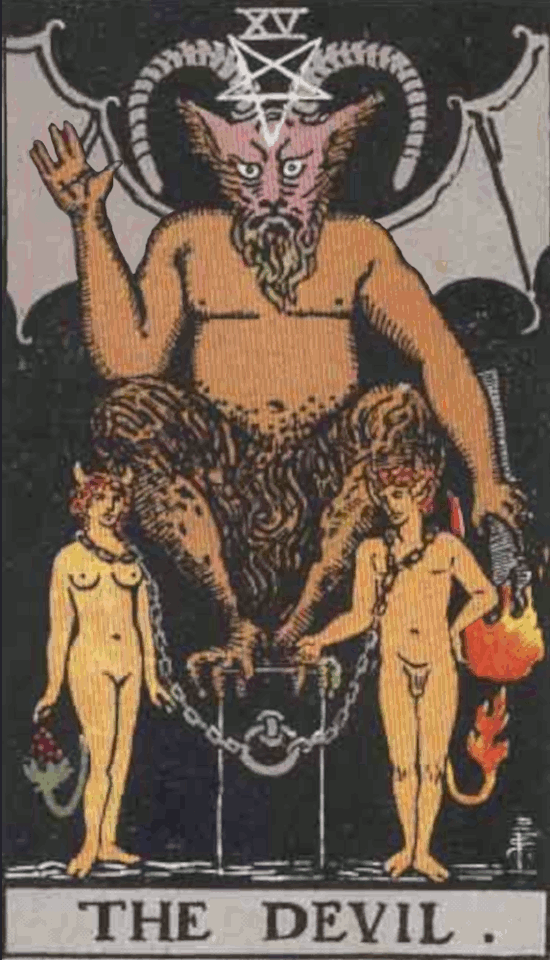
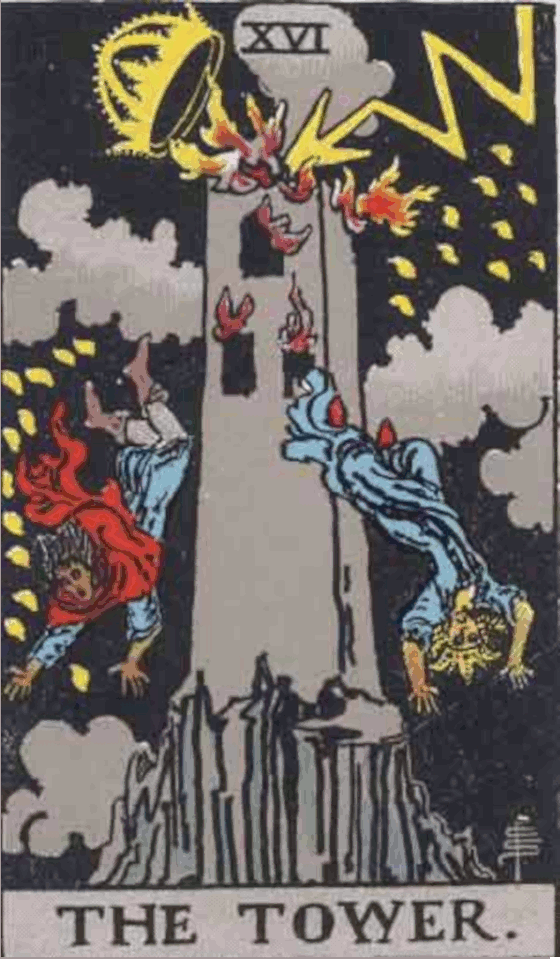
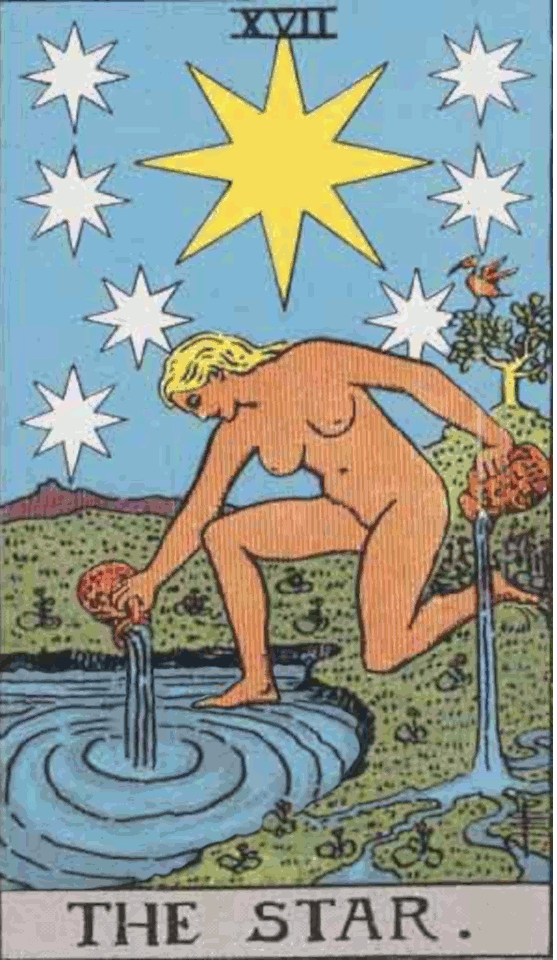
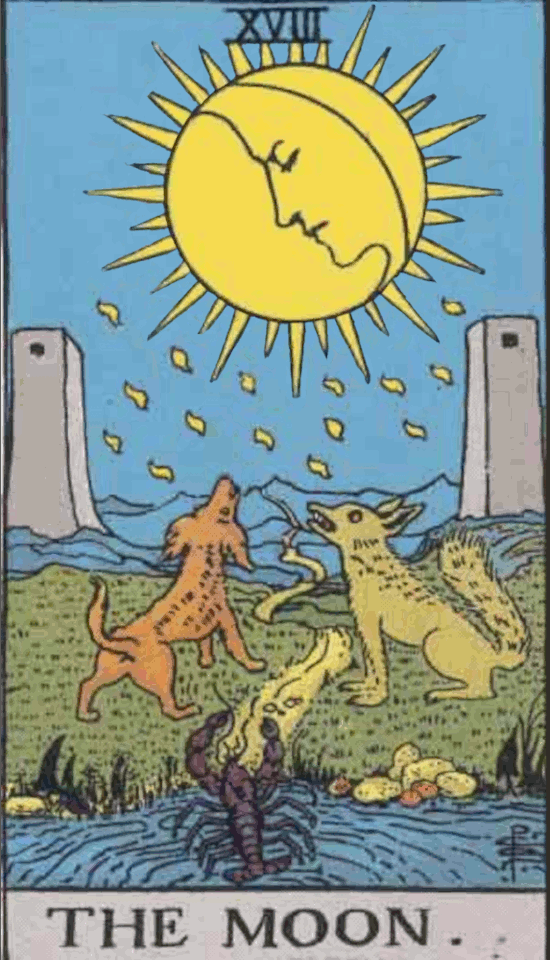
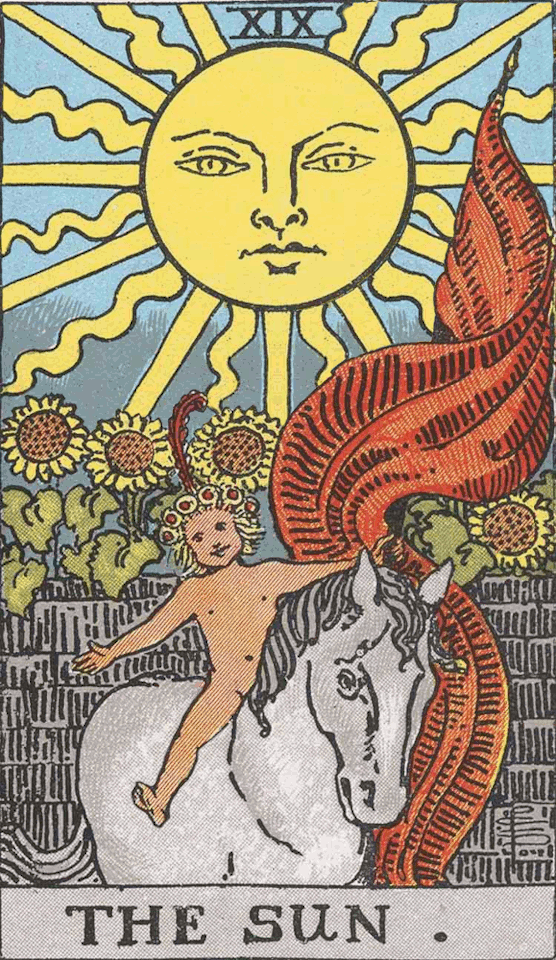
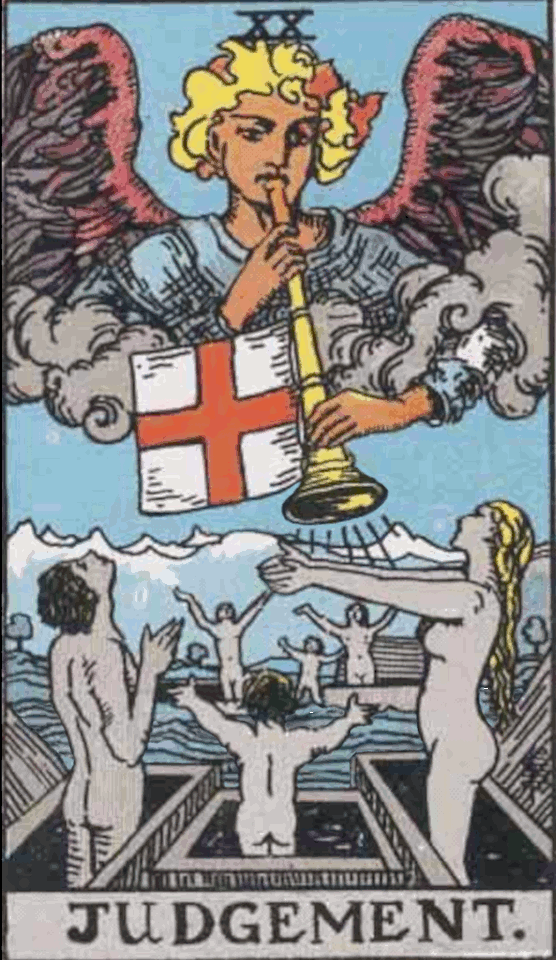
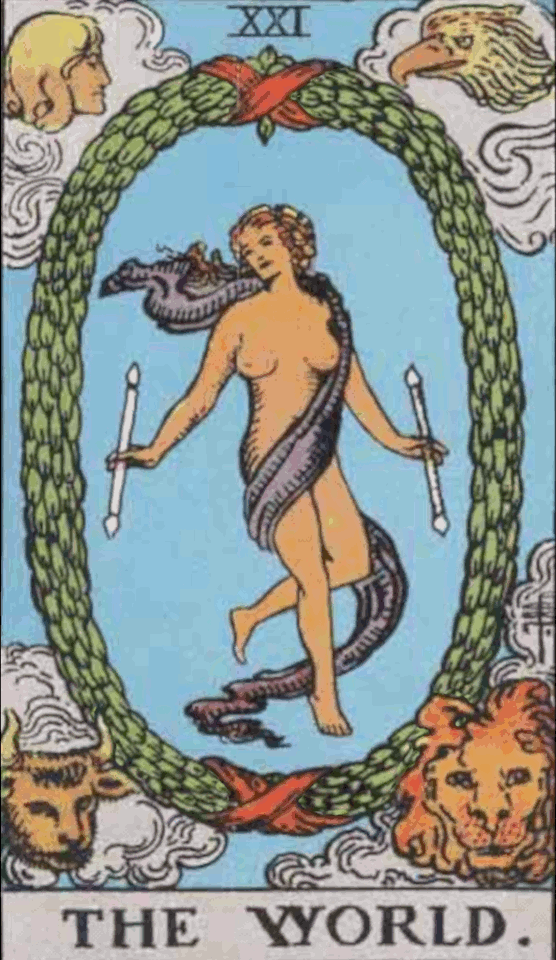
Major Arcana Tarot gifs
After finishing the 12 days of cinemagraph-mas I wanted to do more cinemagraph but was lacking inspiration on what to do.
I eventually decided to try and do a Tarot card. I didn't know which one to do so I decided to do all the Major Arcana.
Then I decided to just do all of them and post them all at the same time.
Thanks to wikipedia for having pictures of all the Rider–Waite set.
Wands Cups Swords Pentacles
486 notes
·
View notes

